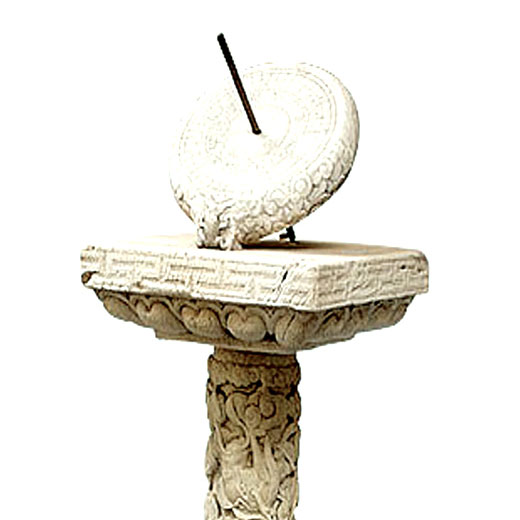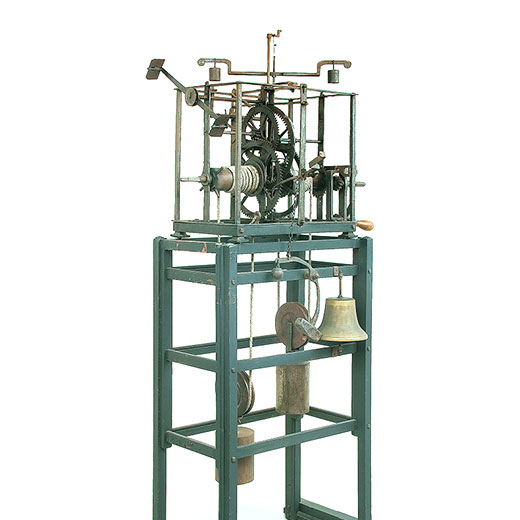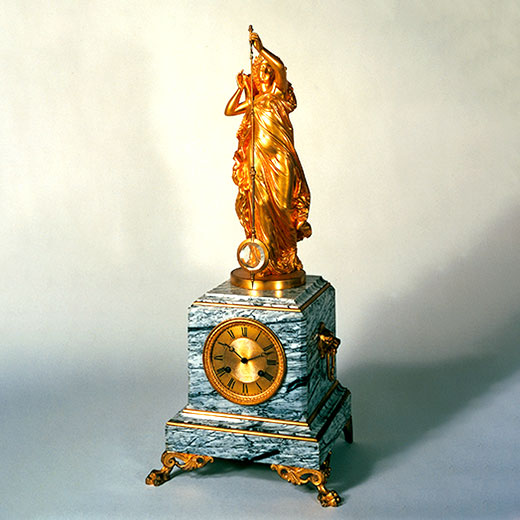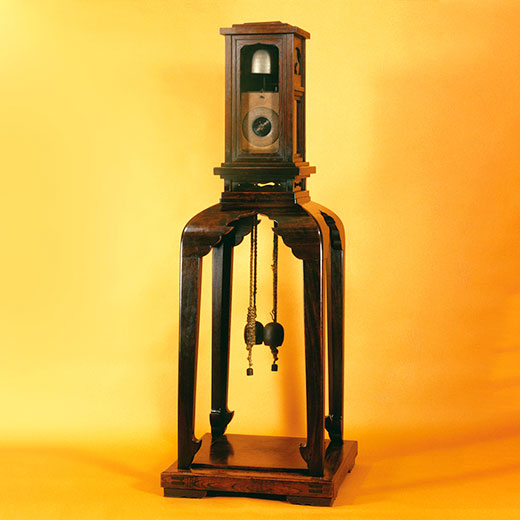

From time indicated by nature to human-made time

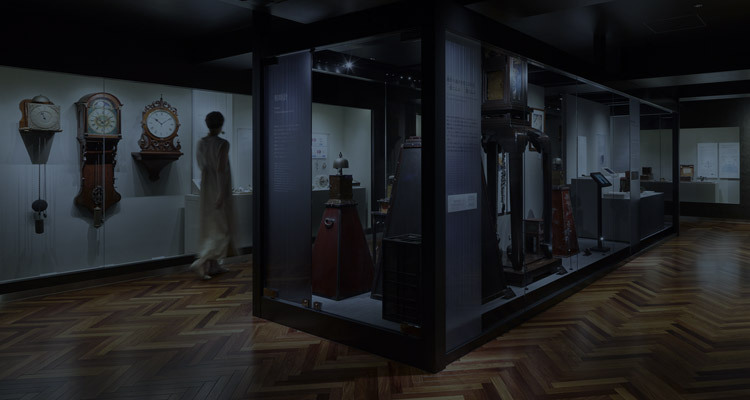
Since their beginning in ancient Egypt some 7,000 years ago, timepieces have evolved greatly in terms of mechanism, accuracy, size, and portability. Here you can learn about the evolution of timepieces and Japan’s own unique traditional clocks, the wadokei.
Elemental timepieces
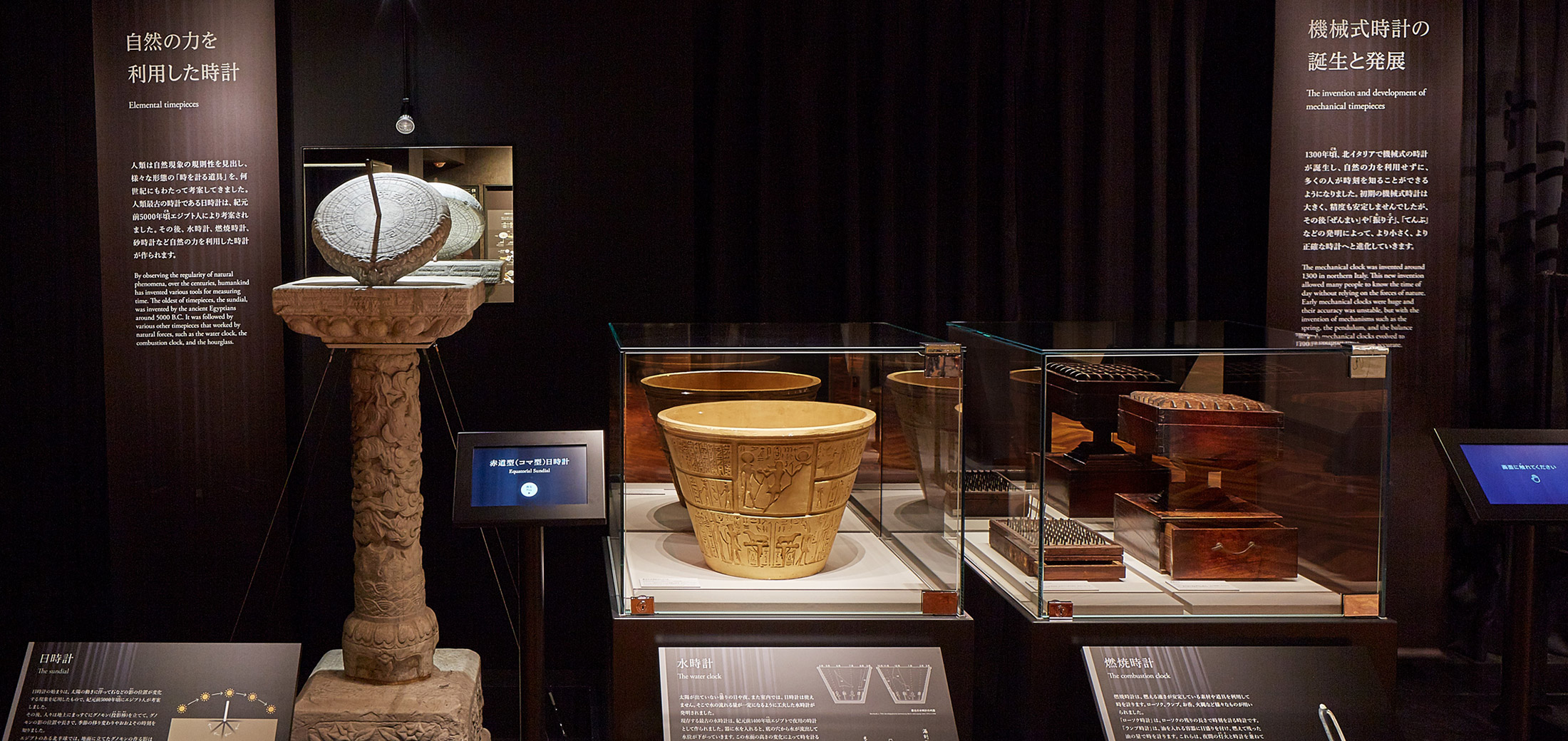
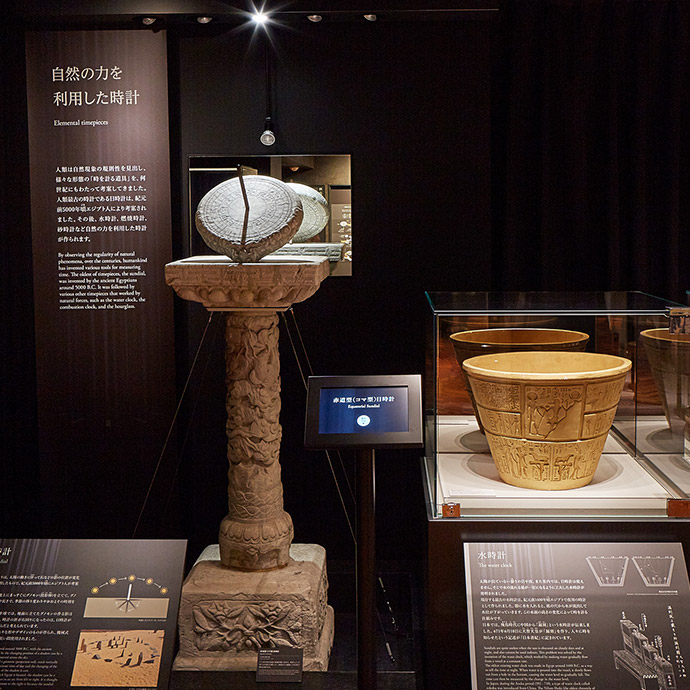
By observing the regularity of natural phenomena, over many centuries, humankind devised such time-keeping devices as sundials and water clocks.
The invention and development of mechanical timepieces
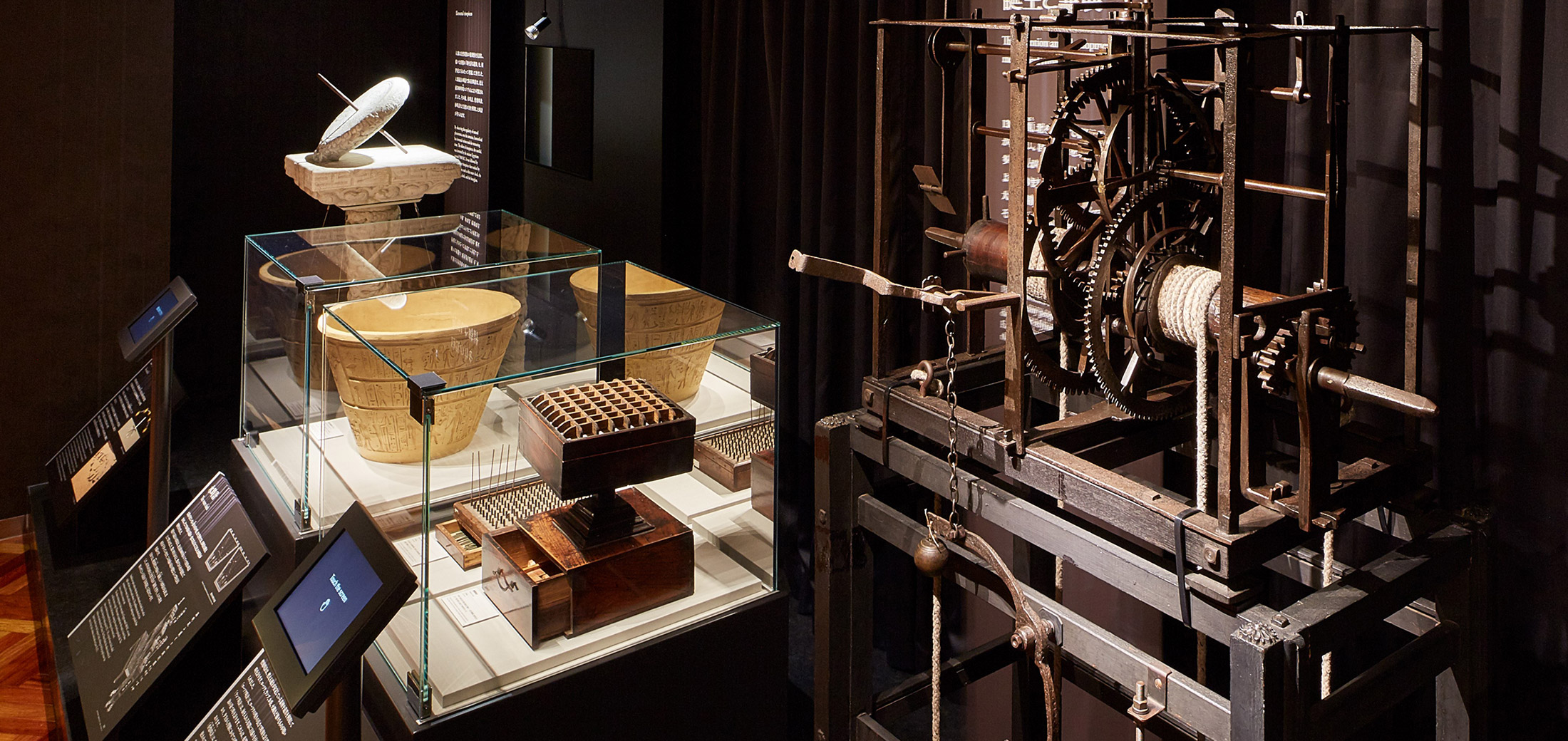
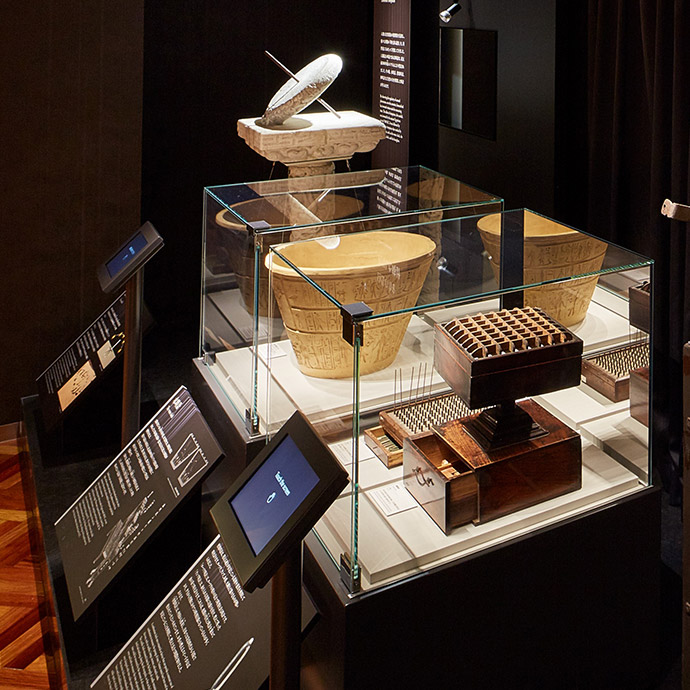
The first mechanical clocks, invented around the year 1300, were huge and their accuracy was unstable, but over time they evolved into smaller, more accurate mobile timepieces.
Wadokei (traditional Japanese clocks)
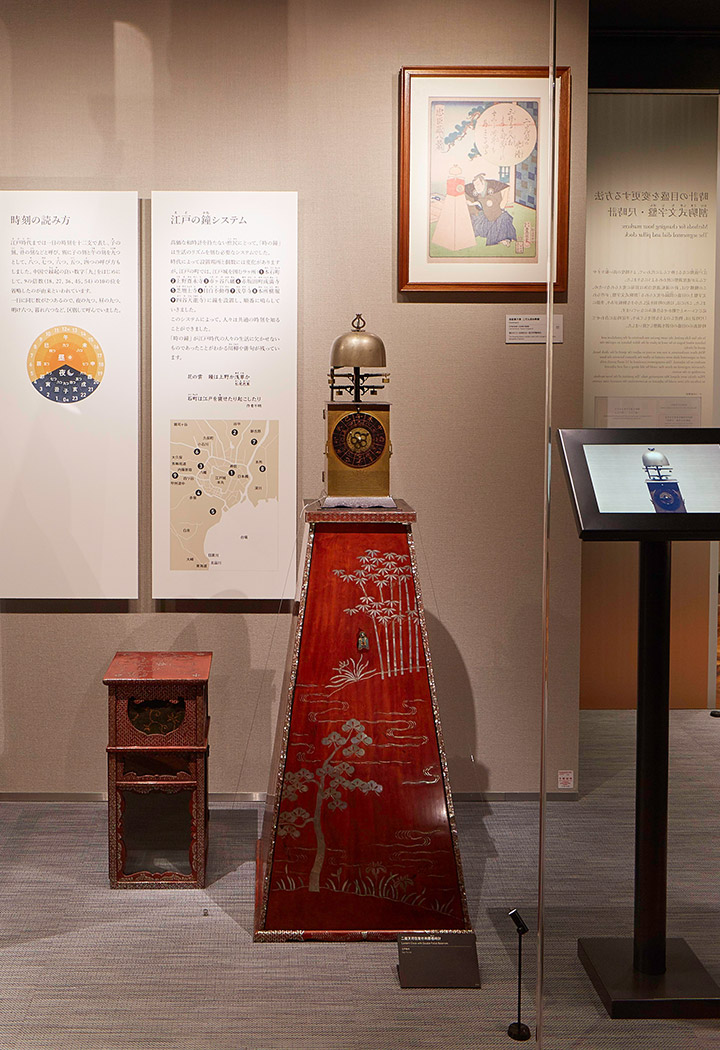
In Japan, during the Edo period (1603 - 1867), a unique type of mechanical clock was created to accommodate the seasonal time system used in that period.
The seasonal time system
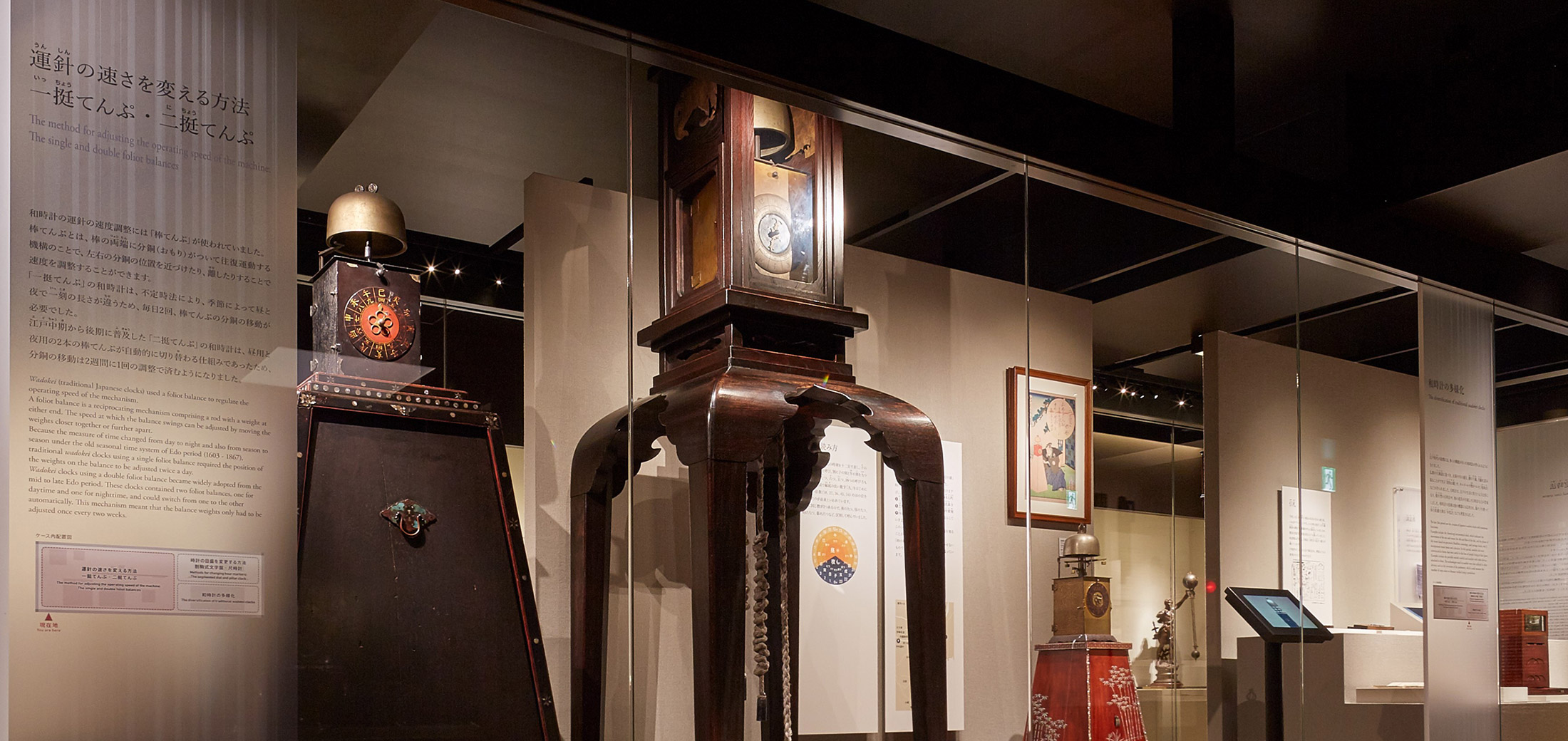
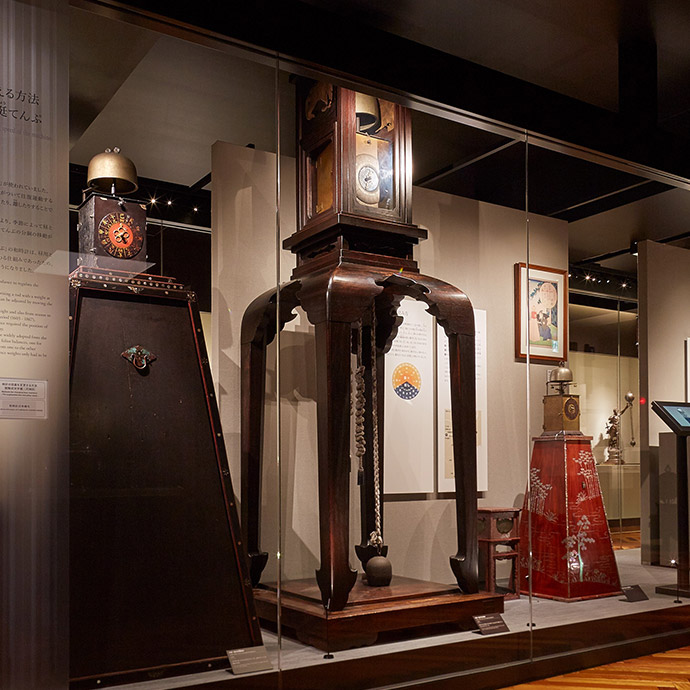
Wadokei (traditional Japanese clocks) employed two methods to accommodate the seasonal time system of the Edo period (1603 - 1867); one enabled the user to adjust the operating speed of the machine, while the other enabled the user to adjust the hour markers on the dial.


